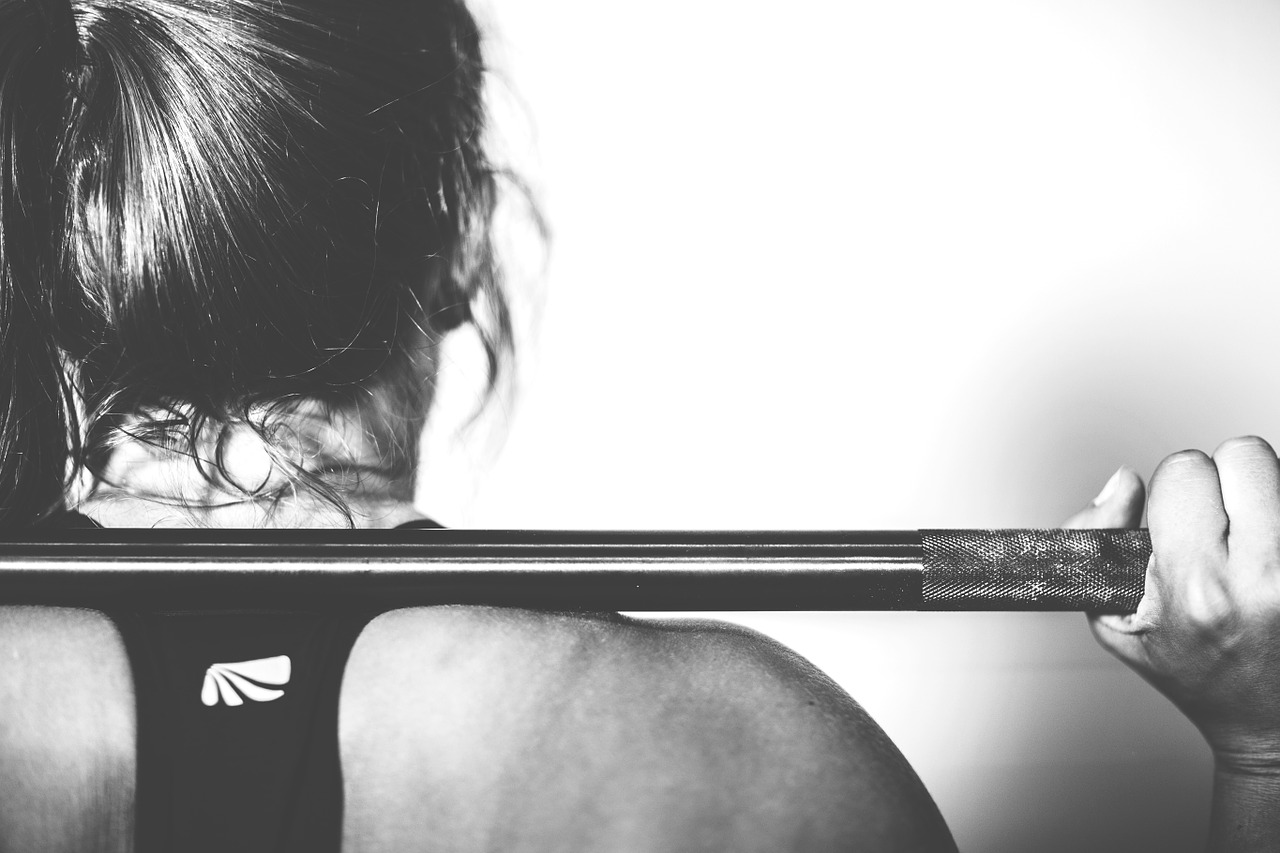Female participation in Australian Rules Football (AFL) grew from 200,000 in 2014 to 530,000 in 2018 while female participation in cricket grew over 10% from 2016/17 to 2017/18. International research reveals that women playing various sports are more susceptible to concussion and ACL injuries than men.

The inaugural AFL Women’s (AFLW) Injury Report, (covering 2017 and 2018) identified ruptured ACLs and concussion as the major injury concerns, with women in the AFLW nine times more likely than men to rupture their ACL. Worldwide reported literature shows four to six times higher risk.
The commonest ACL injury in female athletes occurs in a non-contact position such as jumping and landing on one leg or decelerating to stop and changing direction. Current evidence suggests the main reason females are at greater risk for non-contact ACL injuries is that they tend to have less neuromuscular control of knee motion during athletic manoeuvres. When jump landing or quickly changing direction, females have reduced knee flexion, increased quadriceps activity and decreased hamstring activity compared with males.
Fortunately, unlike anatomic risk factors (largely non modifiable), neuromuscular risk factors can be modified through training. Neuromuscular training programs are designed to strengthen hamstring and core muscles, improve balance, and teach athletes how to avoid dynamic knee valgus by correct landing techniques.
Pooled results from various neuromuscular training programs show a 70% reduction in ACL injury rates in female athletes, particularly in the 15-18-year age group. The optimal time to begin NMT is early adolescence.
Concussion
Recent international research suggests that there has been a threefold increase in sports-related concussion (SRC) in men and a sixfold increase in women, competing in comparable sports (i.e. soccer and basketball).
Research reports that the incidence of concussion causing missed matches was twice as high in AFLW compared to the AFL in the 2017 and 2018 seasons.
An analysis of head impacts and concussions in elite-level male and female Australian cricketers over the 2015/16 and 2016/17 seasons revealed that 53% of head impacts in females were diagnosed as concussions compared with 32% in males.
There has been a reported surge in female athletes presenting to ED departments around Australia with suspected SRC in the past two years.
Various studies have demonstrated that female athletes report more total symptoms and experience slower resolution of these symptoms than males, experience more severe post-concussion symptoms than males, are more than twice as likely as males to experience neurocognitive impairment in the acute phase following a SRC (57% compared to 28%) and can suffer from prolonged cognitive impairment.
Players, parents and coaches need to be very aware of the risk of concussion with immediate removal from the field of play for appropriate medical assessment paramount.
Key messages:
- Female athletes are at greater risk of concussion and ACL injury
- Correct training can reduce ACL injuries
- Concussion symptoms and sequelae are worse in females
References available on request.
Questions? Contact the editor.
Author competing interests: nil relevant disclosures.
Disclaimer: Please note, this website is not a substitute for independent professional advice. Nothing contained in this website is intended to be used as medical advice and it is not intended to be used to diagnose, treat, cure or prevent any disease, nor should it be used for therapeutic purposes or as a substitute for your own health professional’s advice. Opinions expressed at this website do not necessarily reflect those of Medical Forum magazine. Medical Forum makes no warranties about any of the content of this website, nor any representations or undertakings about any content of any other website referred to, or accessible, through this website.


